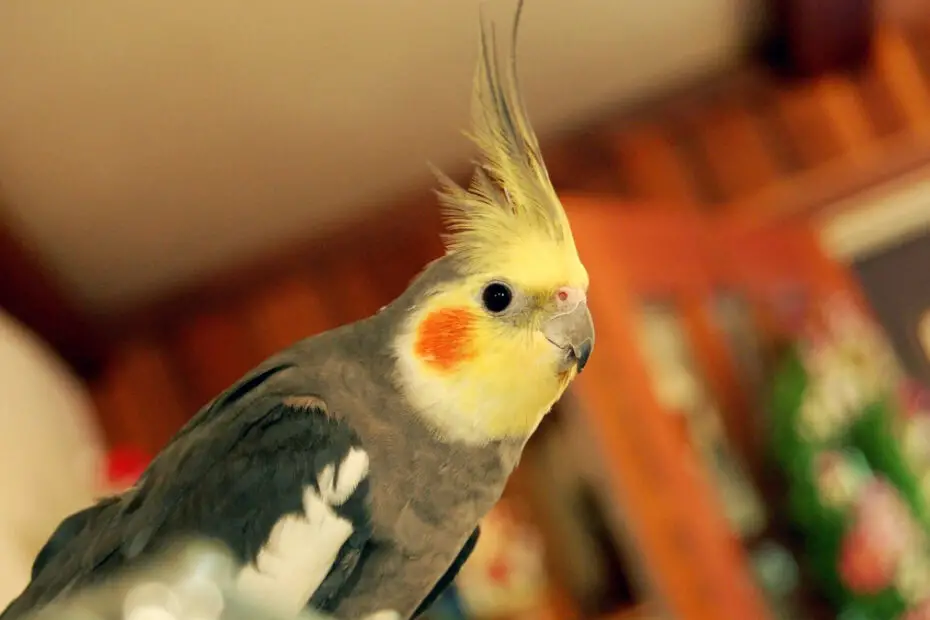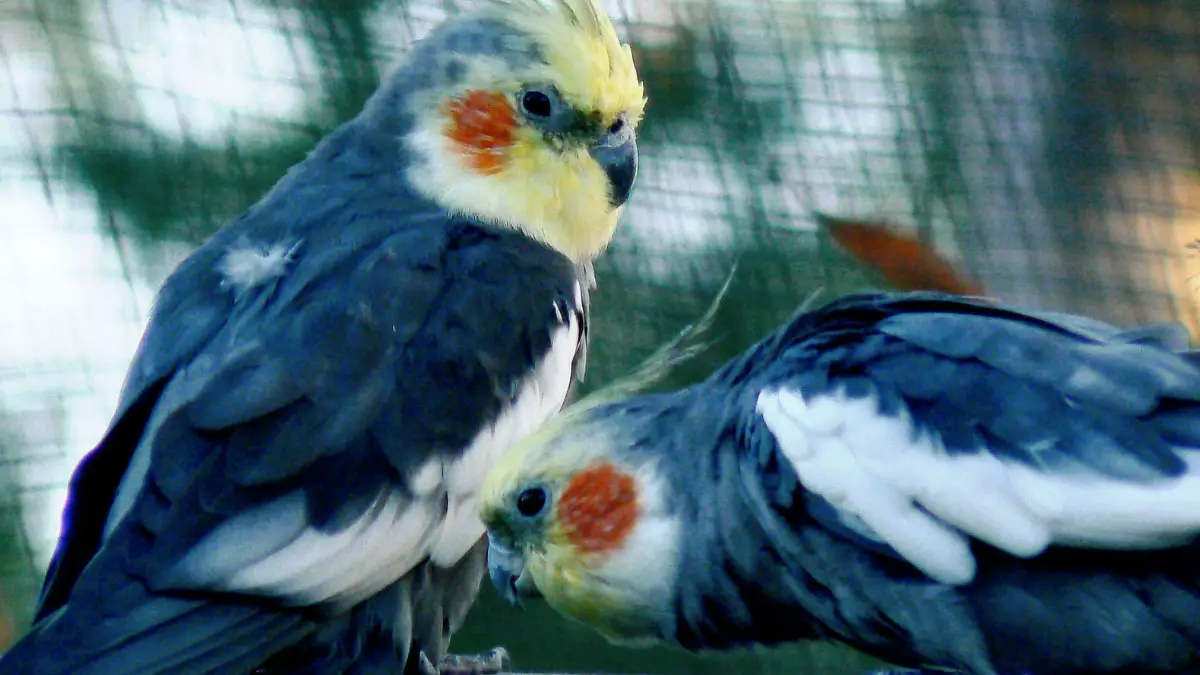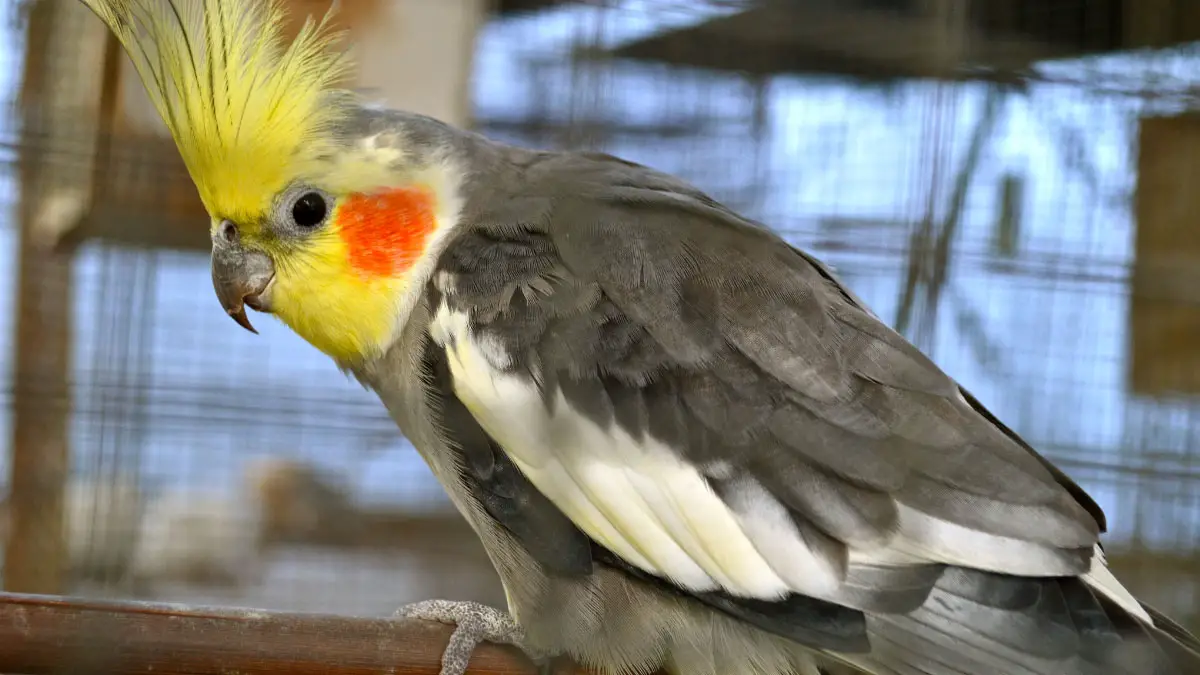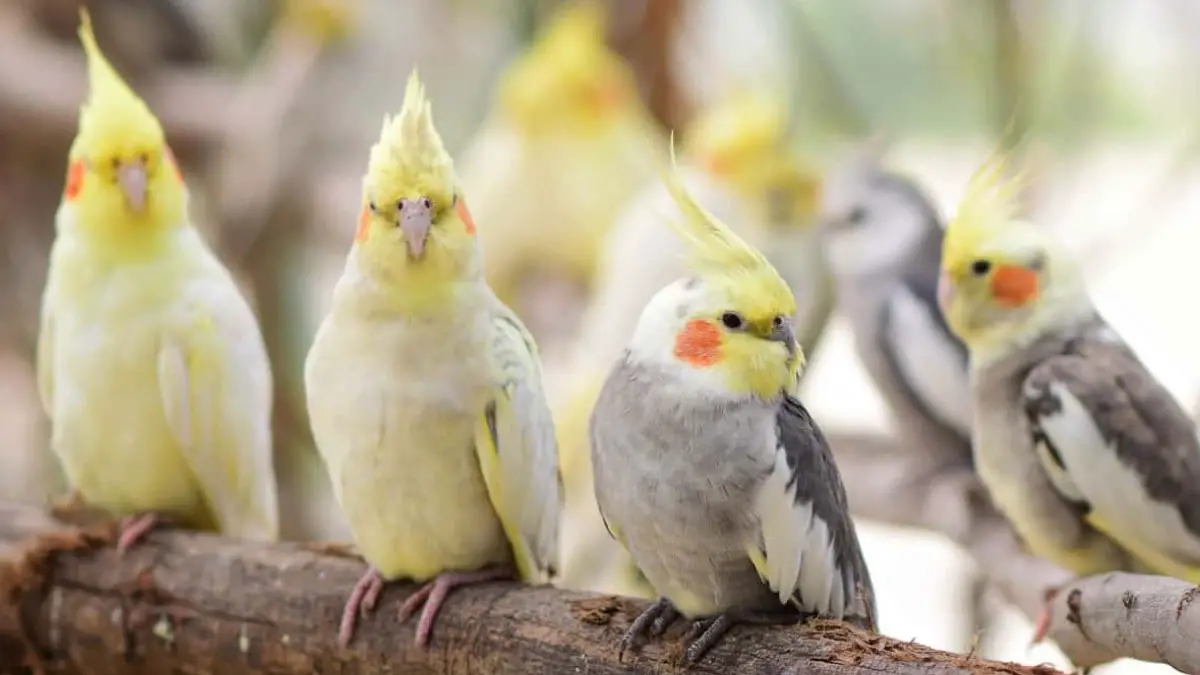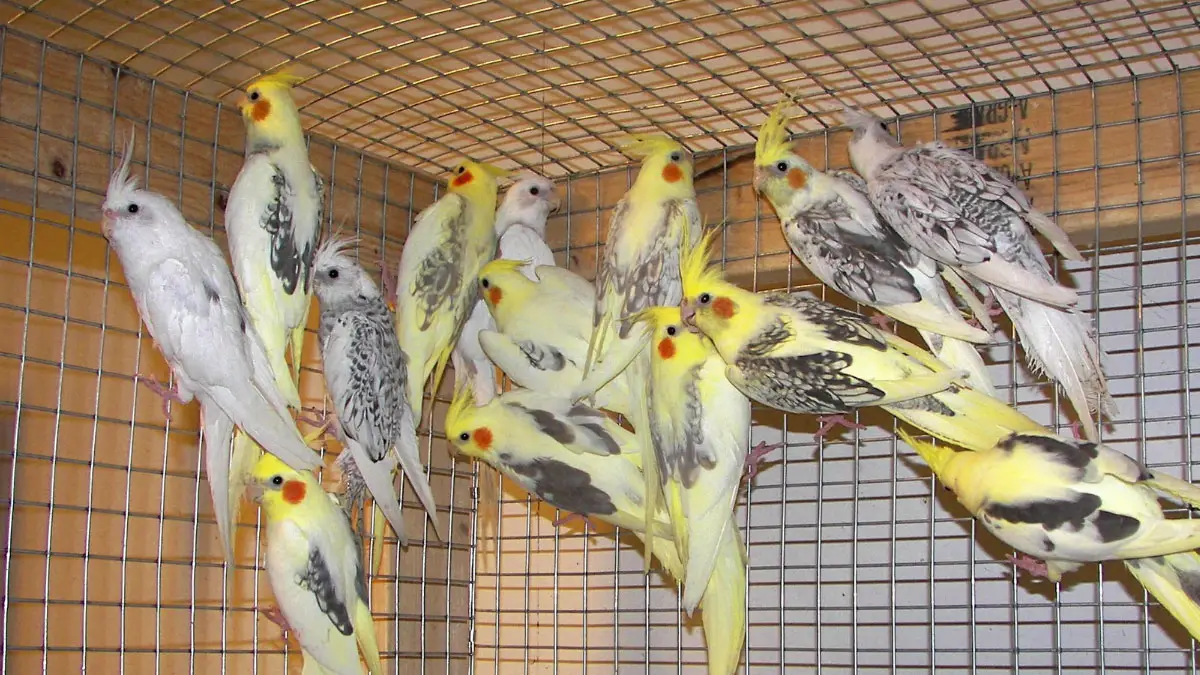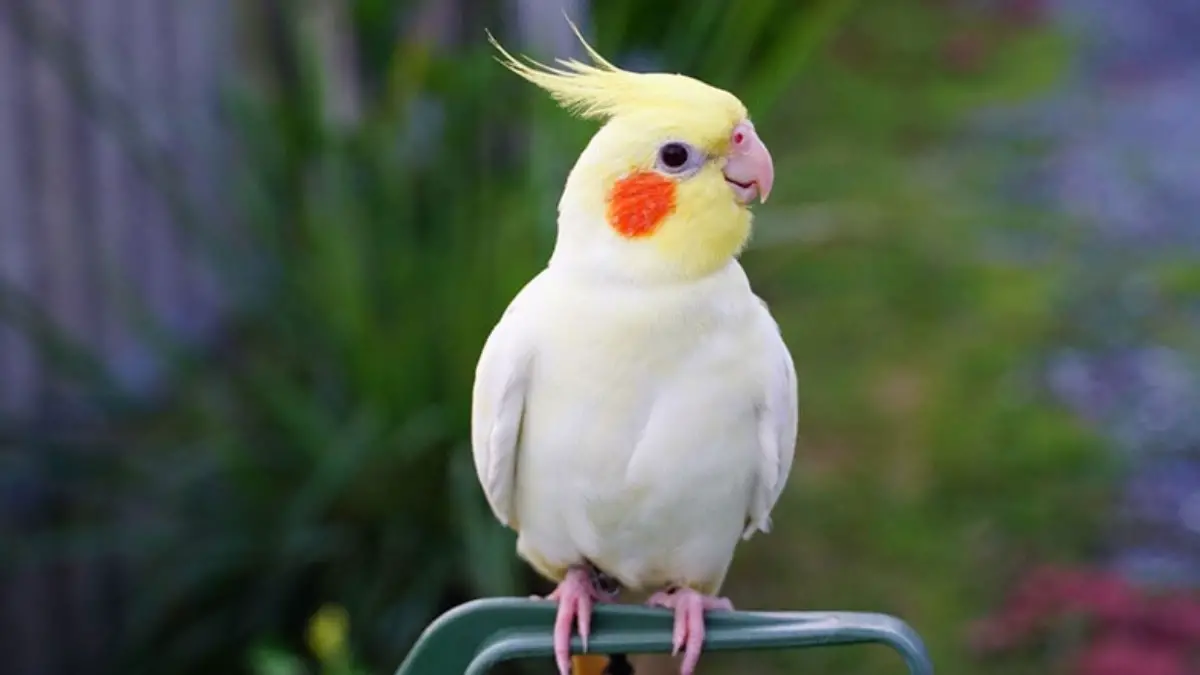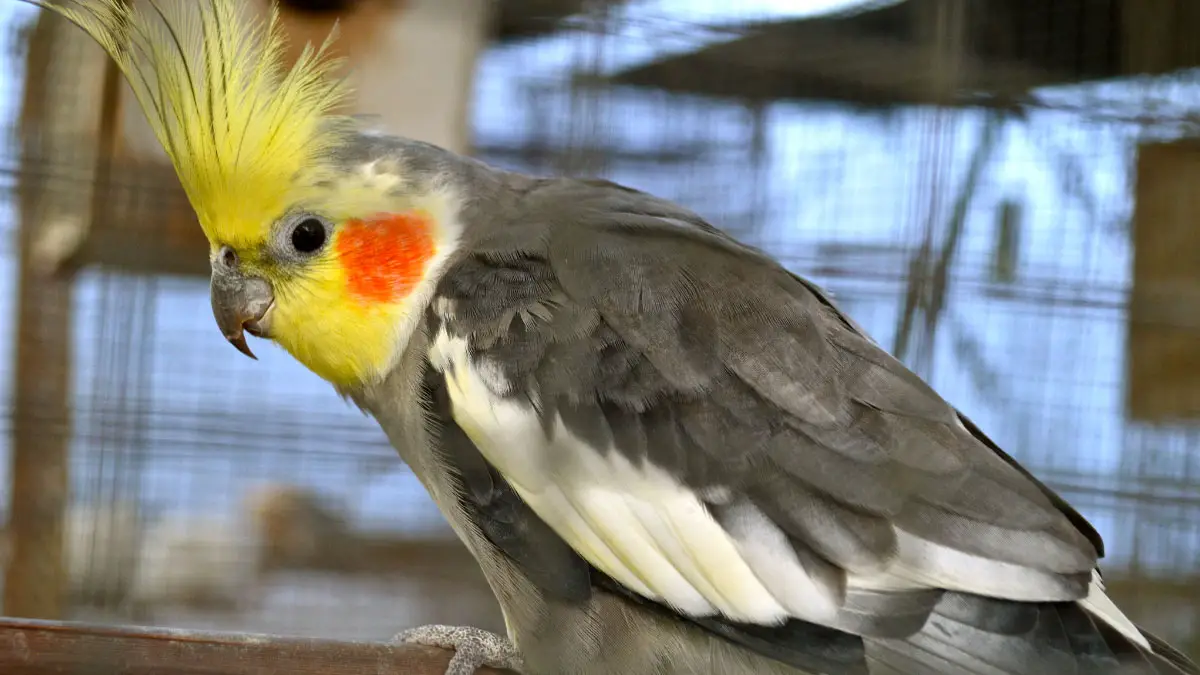Cockatiels are fun pets who appreciate interacting with humans and other pets. However, for owners to understand and control them better, training is necessary. Training influences their behaviors and also makes them sociable.
Like other animal species, it’s best to begin the training at a young age when they are most compliant. This period is usually after eight months, but some can learn when they’re six months old.
When untamed or untrained, they can develop behavior problems. Feather plucking, screaming, and finger biting are some behavior problems these untrained birds may develop.
Training can help the bird express themselves better when communicating and avoid these behavior problems. For instance, if the bird wants to tell you it needs something, it will have a better way of telling you so rather than screaming.
The article helps us understand cockatiel training, including different types of training that your bird may like. You will also learn how to teach them tricks by first choosing and breaking them down for better and quicker understanding.
You will also learn how you can promote positive bird behavior through training. Moreover, you’ll learn about the proper pet care and nutrition that also affect the bird’s behavior.
Understanding Bird Training
According to Web-Colby, birds engage in insight learning, meaning a bird can observe while the other does something and then imitate. This is how they learn to fly and walk, although bird anatomy makes it possible.
However, birds, like cockatiels, can also learn by observing and imitating a trainer, like when training them to do a head bob trick. This type of training requires the bird to concentrate, which to do must be well-bonded with you.
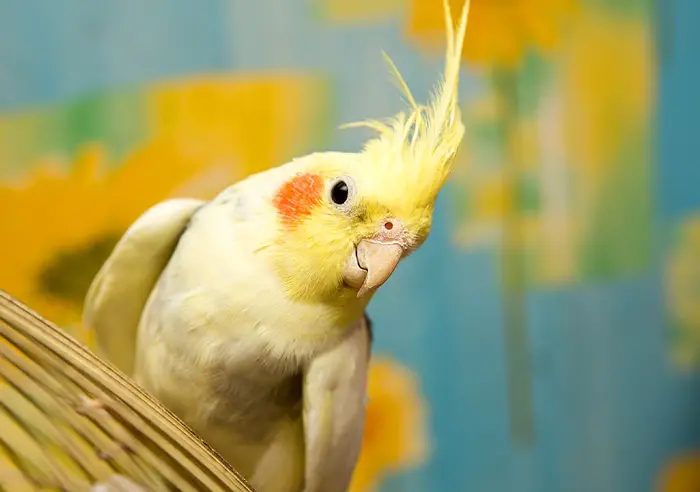
Like most members of the family Cacatuidae, most cockatiel species and breeds are trainable. However, in fact, there is only one species of cockatiel but several breeds, including lutino and Ashenfallow.
As said earlier, training a bird can positively influence its behavior. Since birds can’t communicate, they tell their caregiver their problems through actions. An untrained cockatiel may scream a lot when trying to communicate and may engage in destructive behaviors when displeased.
Training also influences their response to various medically important behaviors like nail trimming and vaccination. As various research shows, the bird participates willingly in medical procedures.
Types of Bird Training Ideal for Cockatiel
There are many bird training methods you can use on your cockatiel. However, not all of these training methods are ideal as starters. The beginner training must be motivating and exciting so the bird continues and learns more. Afterward, you can advance to more complex tricks.
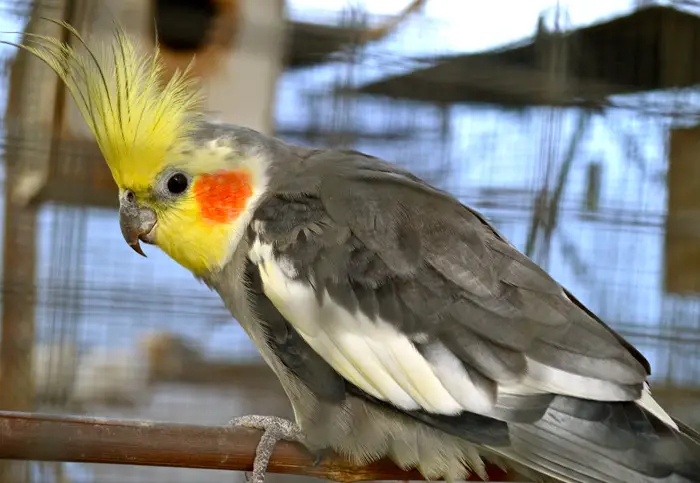
Some of the training techniques for birds ideal for cockatiels include
1. Clicker Training
Clicker training involves using a clickable device to notify the bird when it has done something positive. The clicker usually goes hand in hand with a treat to reward any positive action.
Some clickers have a target stick which the trainers use to point at various things they want the birds to touch. This stick can also show the direction they want the bird to move in and then reward it.
2. Target Training
The target training is more like training with a clicker, but the bird must touch a target to get rewarded. The training involves a target, a clicker, and a reward.
The target must be something a bird is not used to, like a new toy, and can be multi-colored. The aim is for the bird to approach and touch the target, after which a reward is given through a treat.
3. Shaping
Behavior shaping aims at reinforcing a positive action until the bird performs the target action. This type of training works in steps, and each step is rewarded.
Some actions or behaviors are infrequent, as influenced by bird psychology which is why this type of training is necessary. For instance, when you want your cockatiel to learn to bathe in a bathing bowl, each step, from looking at the bowl to getting into it, should be rewarded.
The reward training is very motivating, and the bird will always look forward to the next training day. With this motivation, the bird is more dedicated, which speeds up the training process.
Effects of Socialization and Habituation on Bird Training
A well-socialized and bonded bird is more trustful of its trainer and more trainable. This is because most training involves coming into contact with the bird. Socialization can smoothen the training process and also speed it up.
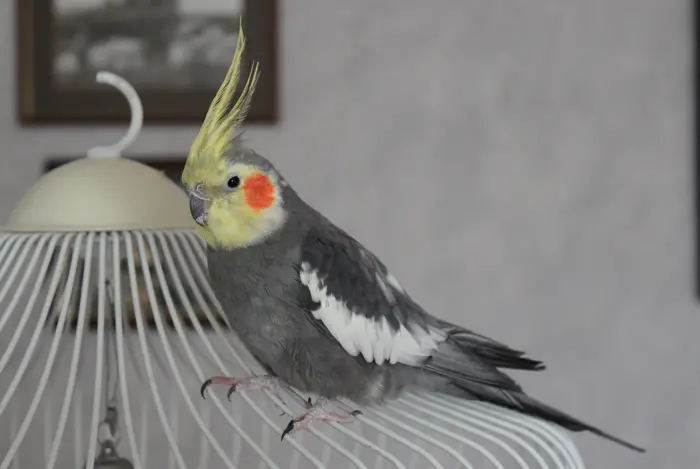
Habituation is a loss of responsiveness due to repeated exposure to something. Ensuring your bird interacts with new toys and the training goes as first as possible can ensure the bird stays excited and doesn’t lose interest.
Teaching Cockatiels Tricks
Teaching your pet cockatiel tricks can be through reward-based training. This method will involve rewarding the pet through treats at every positive step it takes towards learning the trick.
A reason to train through this type of training is that the pet concentrates better as it’s expecting treats. This training will keep it motivated and can help speed up the training process. However, various things are involved before learning how to teach cockatiels tricks.
Choosing the Right Trick for Your Cockatiel
Before you begin training the pet, you ought to choose the tricks that are suitable to start with. Choosing the trick is crucial as some may not be suitable as a beginner but rather as advanced.
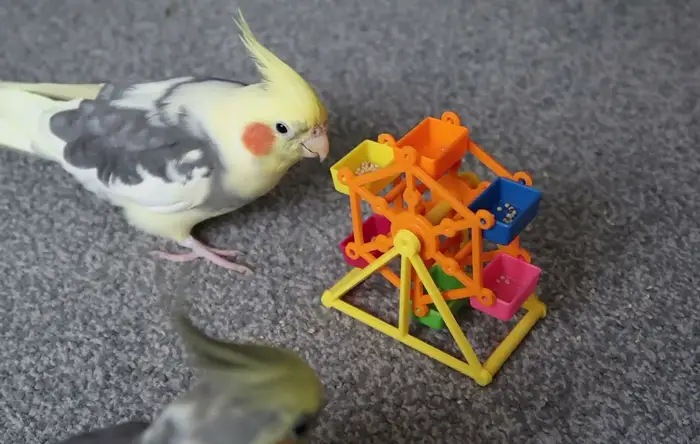
For instance, the bird may feel comfortable learning the head bob trick since not much touching is involved. This trick may be ideal, especially when you’re not yet well-bonded with the pet.
You should also set the goals for the training so that you know when to reward the pet with a treat. These goals will ensure you keep your expectations valid, and after a successful trial, you can advance them. If the trick is simple, the goal can be for the bird to do it successfully.
Breaking Down a Trick
Breaking down a trick is another crucial factor that can determine the success of the training. This factor is most important when the trick involves several steps, like shaking hands or walking on tightrope tricks.
- Using target stick and clicker: You can train them using a target stick and clicker. Use the target stick to point at the position you want them to move or things you want them to touch. Press on the clicker every time the pet does something you aimed it should do and offer a treat.
- Breaking the training into quarters: For instance, when you teach your cockatiel the turn-around trick, you can break it down into quarters. Begin by placing the target stick in front of the pet, then say the command word, like “turn around.” Then press the clicker once it touches the end of the target stick and reward it with a treat.
Do the same for a quarter turn and then a half turn, all while offering treats as a reward for every positive action. By breaking this trick down, you’ll help the pet train better while getting motivated through rewards.
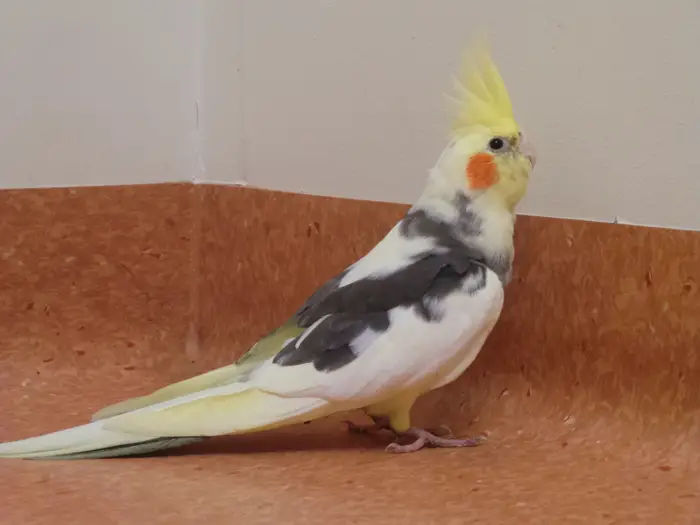
Promoting Positive Bird Behavior
Training has a lot of positive effects on the bird’s behavior and helps improve it significantly. For one, the bond between the bird and the caregiver increases, and they trust them more.
Rewarding the bird either through treats, a cuddle, or verbal praise is one way of positive reinforcement. These are also among the ways to promote their behavior.
However, make the whole learning experience fun and know when to stop when the bird begins to lose interest. Always ensure training ends on a positive note.
Providing an Ideal Training Environment
The bird’s environment is among the factors that can determine training success. For one, the bird must be in an environment it feels safe in and is used to. This means most training should be in their cages, especially during the first few tricks.
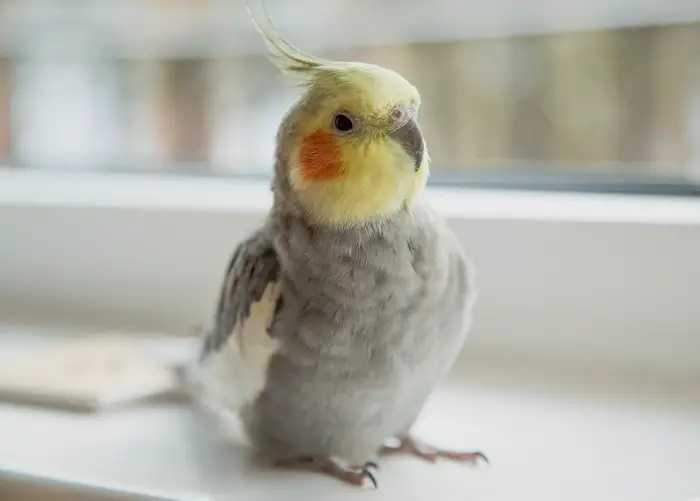
- If your pet bird is comfortable outside the cage and in other parts of the room, you can train them there. For instance, if the bird is comfortable perching on your finger, you can teach it a head bob trick while it’s perched there.
- Other than that, the bird training equipment involved in the training should be stimulating. This equipment includes bird accessories bought in sets of multi-colored toys.
Some of this training equipment also include toys capable of making ringing noises, like those with bells. Toys are among the crucial factors to consider when going through cockatiel training for beginners.
The purpose of the toys is to keep the bird concentrating more on the training and avoid loss of focus. If the pet starts getting used to one toy, you can swap it with another one with a different color.
Proper Nutrition for Cockatiels During Training
To train and learn better a cockatiel must be well-fed with proper bird nutrition. A properly fed pet has the energy needed to train and the patience to do as directed with the hope of a treat.
Cockatiels should feed at least twice a day, especially if they’re more than a year old when they generally reach adulthood. Their diet should include two tablespoons of pellets or seeds and occasionally greens.
Problems in feeding can be detected or reported during regular veterinary care for pet birds, which should be frequent. If nutritional deficiencies are detected, the vet can provide the bird with supplements to help recover and avoid Selenium Responsive disorder, which can cause diseases.
Pick a time when you should provide the food. and should be before and after the training session. This will ensure the pet has enough energy to train and replenishes the energy lost after training.
Monitoring Cockatiel Behavior
Sometimes training is not always to teach the cockatiel something new but maybe a bird behavior management technique. For instance, if your pet bird is biting or engaging in a feather-plucking behavior, it can be addressed and managed through training.
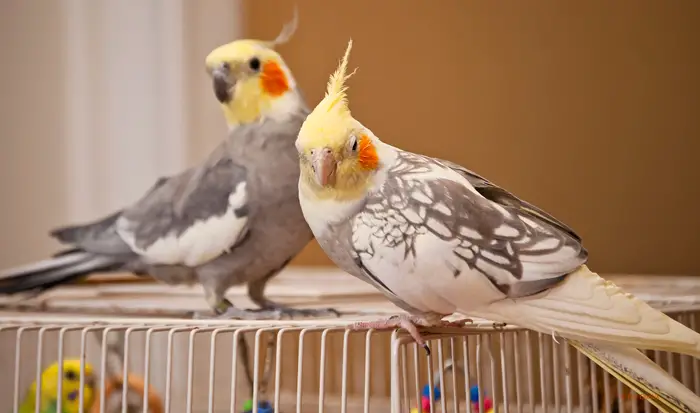
Monitor your cockatiel’s behaviors, and if it has these behavioral problems that you can solve through training, train them. However, some counter methods may involve something simple as offering a chew toy to a pet with a feather plucking behavior.
FAQs
Following are some of the frequently asked questions on training cockatiels.
Yes, older cockatiels can learn new tricks but not the complex ones or those involving words. However, training is smoother when the birds are young.
The time it takes for a cockatiel to learn a new trick varies with each bird and how well it’s bonded. A well-bonded pet can take a few days to a week. Each training is at most 15 minutes to avoid stressing the pet.
Yes, cockatiels can be trained to talk and mimicry. Some tips for teaching them include starting with easy words and talking them loudly and clearly.
If your bird is attentive and making lots of positive progress, it means it’s understanding and enjoying the training. If your pet appears uninterested, you can try reward training or postpone it to the next day.
Training can help address many cockatiel behaviors, including aggressive and destructive ones. Trained birds have a better way of expressing their feelings and sometimes, training diverts their attention and improves their behavior.
Conclusion
After reading the article, several things should be more clear now. Some of the main points discussed include;
- Birds learn through observing and imitating fellow birds or their caregiver.
- Rewarded training is the most effective method of training.
- Training can promote a bird’s behavior positively and may even be used to address aggressive behavior.
Proper training will not only improve the bird’s communication skills but also add to the bond between it and its caregiver. In the meantime, the bird’s owner should ensure the bird gets proper care to avoid promoting negative behaviors like aggression.
While the article has covered much on the cockatiel’s training, there is always more to learn. Therefore, read more resources and official research papers that can help you improve your knowledge of the bird’s behavior and training.
